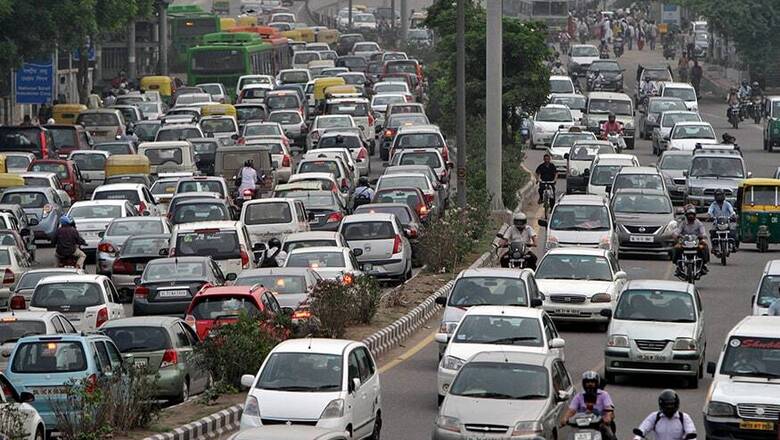
views
The auto sector, which saw a revival last year after two years of turbulence, is set to continue the momentum this year with demand picking up across all segments, says a report. The growth of the auto industry is expected to continue in 2017 across all vehicle categories-commercial and passenger vehicles, as well as two and three-wheelers.
But it is unlikely that the industry will maintain the sales growth of 2016 due to the note ban impact and the uncertainty regarding the GST, says Dun & Bradstreet in a report. The report, however, does not quantify its projection.
In 2016, auto sales grew 9.2 percent driven by two- wheelers that moved up by 9.6 per cent from 0.7 per cent in 2015. At the same time, cars clipped at 7 per cent and commercial vehicles grew 7.8 per cent.
"Improving economic growth, robust demand from rural and semi-urban markets and lower cost of ownership have driven sales in 2016, bringing in a much-needed recovery for the industry, after growth slumped in 2015," the report said.
Sales will also be helped by higher replacement demand on account of the expected implementation of new emission norms and the impact of deferred purchases as a result of demonetization, the report adds. But the report is quick to note that "the recovery will take at least two to three months more as consumers are still hit by the note ban. Consequently, although the mid to long term prospects look positive, given the impact of demonetization and the uncertainty regarding the GST the industry may not sustain the growth rates achieved in 2016."
The positive sentiment is driven primarily by the rural and semi-urban demand for two-wheelers and cars, driven on the back of good monsoons. Another boost up will be the 7th pay commission that will infuse around Rs 1.02 trillion of disposable income of over 1 crore employees. Another reason is the aggressive play by the cab aggregators who are expanding their operations extensively.
On commercial vehicles sales which recovered in 2015 with a growth of 6.3 per cent and 7.7 per cent in 2016, demand will be driven by replacement demand, construction and mining, increasing freight movement and moderation in fuel prices and firm freight rates, while increased government focus on infra sector will drive demand for specialised heavy goods vehicles such as construction trucks, mining tippers etc.




















Comments
0 comment